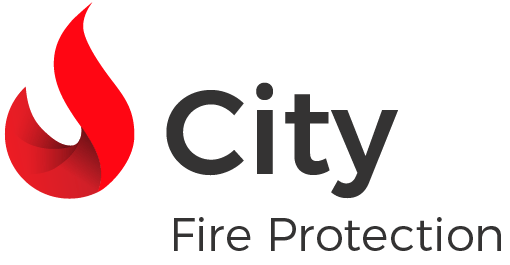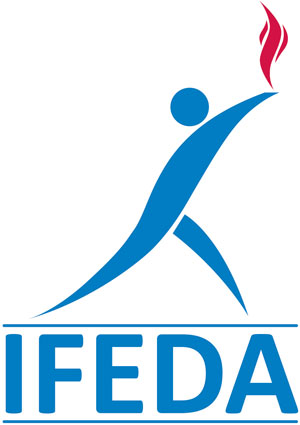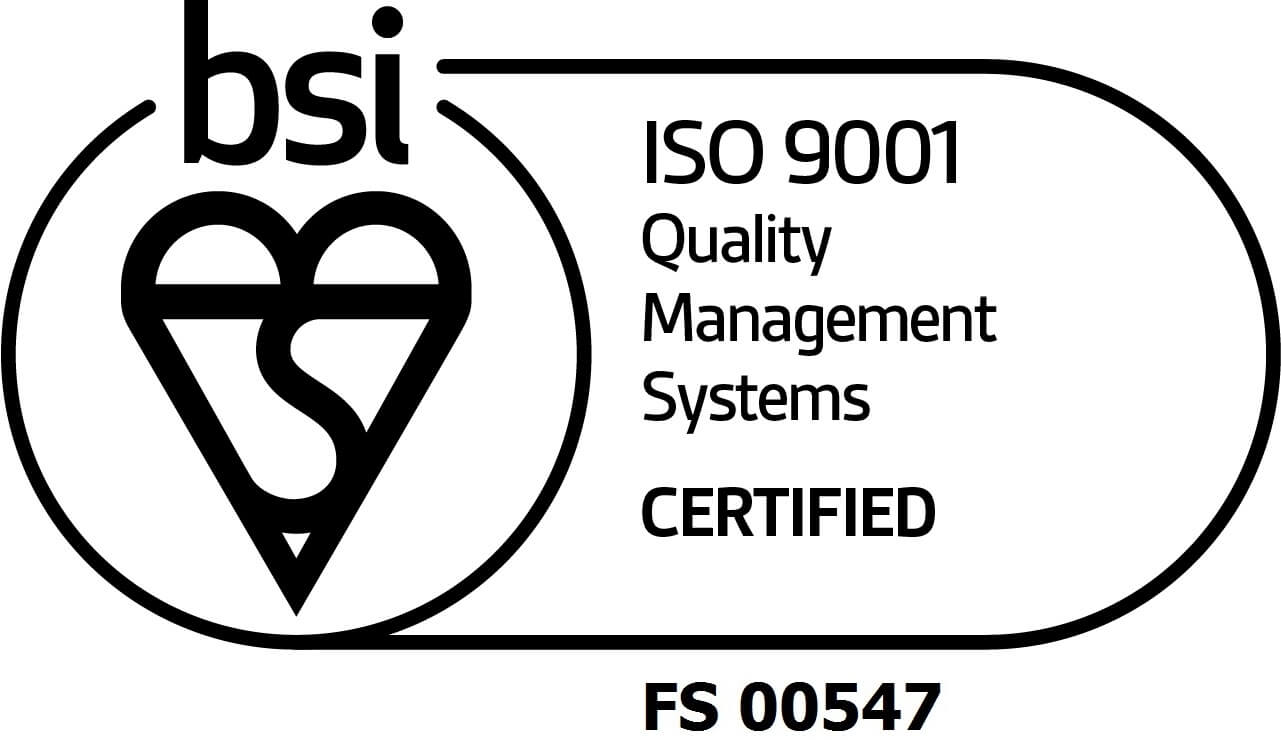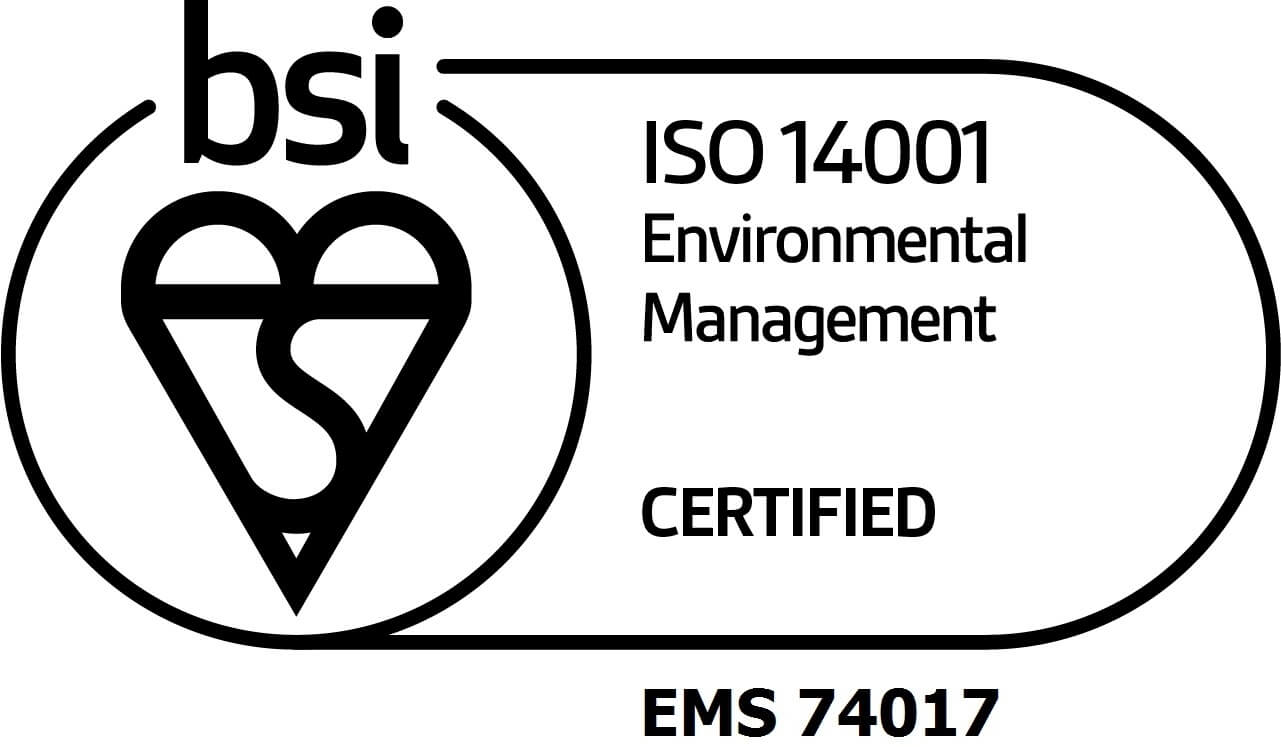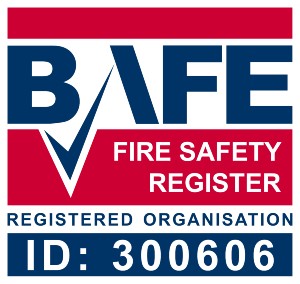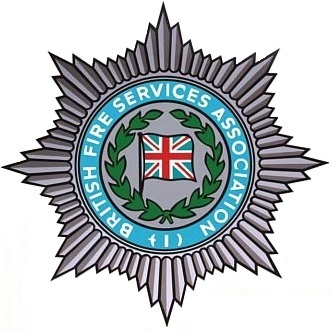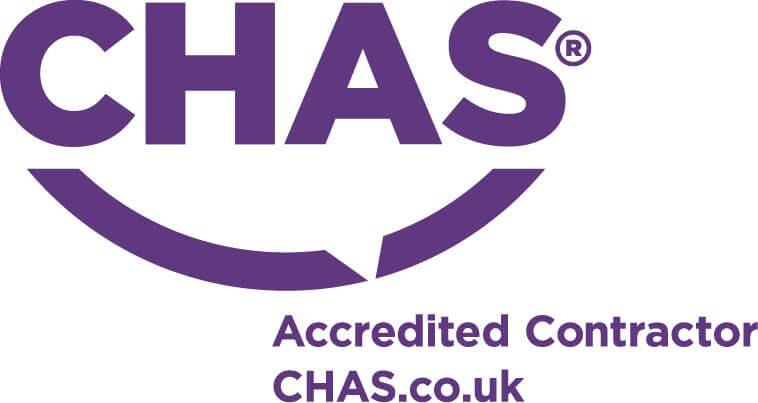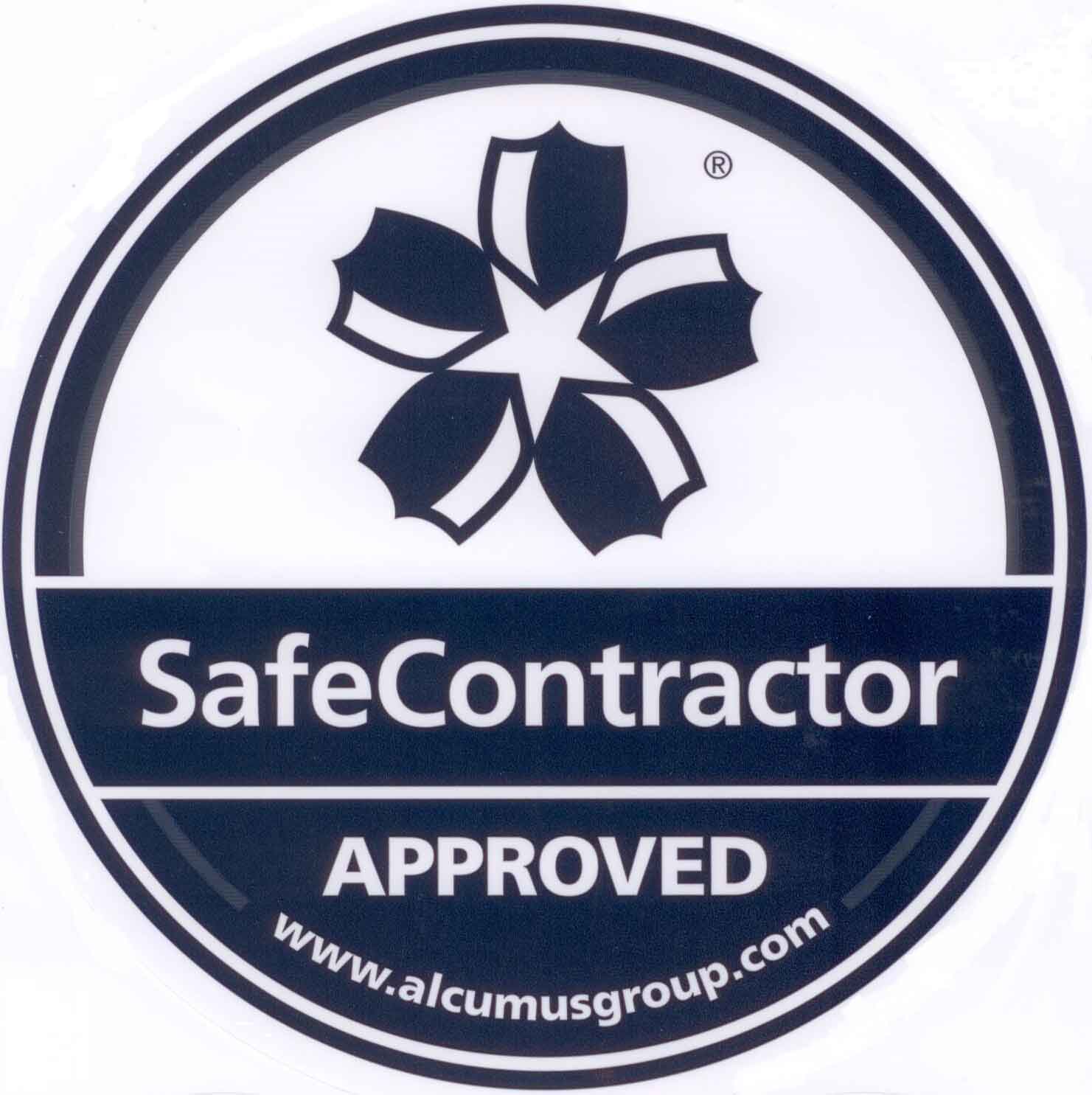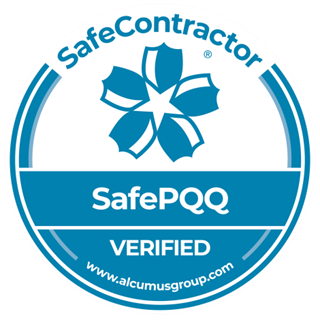Fire Safety for Wheelchair Users at Work
All business owners must ensure that they comply with a number of rules and regulations when it comes to fire safety.
These regulations encompass every aspect of fire safety, and this article will detail the aspects of these rules that are specific to wheelchair users.
Fire Evacuation Plan
The procedures for fire safety are laid out under the 2005 Regulatory Reform Fire Safety Order, and it is backed up by the 1995 Disability Discrimination Act which requires businesses and service orders to ensure everybody can leave the building safely in the event of a fire. The person responsible for the evacuation plan must first identify the number of people with disabilities in the workplace and their specific placement in the building. The respective needs of the disabled individual or individuals must be taken into account to ensure that they receive the assistance that they need when evacuating a building.
If the time comes that evacuation has to take place, the appropriate equipment must be in place to assist with the safe and efficient evacuation of any disabled people in the building. This can include using ‘carry-down’ methods – two or more people carrying wheel chair users down a set of stairs, specialist evacuation lifts (normal lifts are considered out of bounds in fire-related emergencies) or using specially-designed ‘evacuation lifts’ which are able to cope with descending stairs without having to be carried like normal wheelchairs.
Refuge Points
Refuge points are also an option for emergency situations. These are normally sheltered areas such as corridors or stairways that serve as protection for the individual before the final move from said refuge area to actually exiting the building.
There must be adequate plans in place for each individual with a disability, known as a Personal Emergency Evacuation Plan (PEEP). This should detail the requirements of the individual (both medical and assistance requirements), and if any special training is needed to aid with the assistance of the individual, it is the obligation of the ‘responsible person’ to provide staff with adequate training.
All fire escape routes must be properly illuminated (including emergency lighting), clearly signposted and they also must reach the fire escape as quickly and directly as possible. All fire doors must be easy to open and they must culminate in a safe meeting point.
City Fire
Here at City Fire, we are proud of our reputation as one of London’s leading fire protection companies. We are specialists in the supply, installation and maintenance of a huge range of fire equipment, and we also provide bespoke fire training services for companies of all sizes. If you would like to utilise our excellent fire safety training services, or any of the other services we provide, get in touch with us today and we’ll be happy to help.
